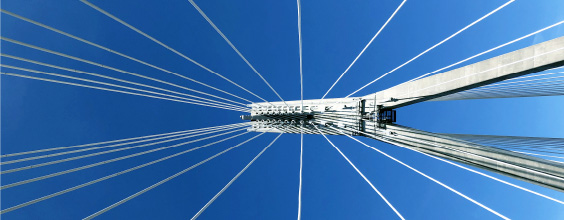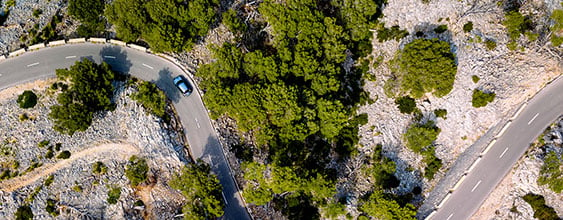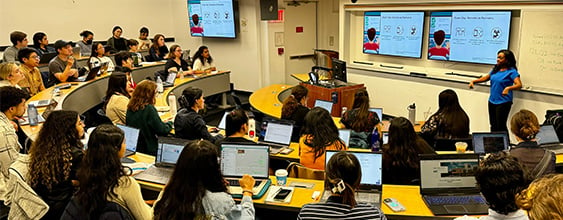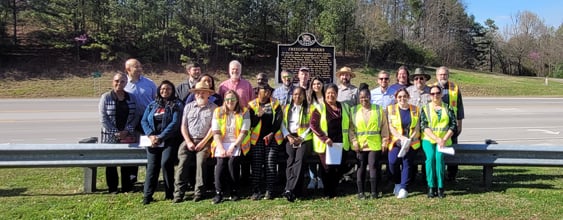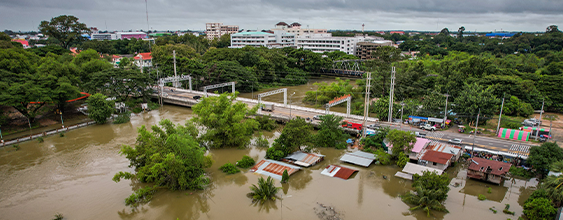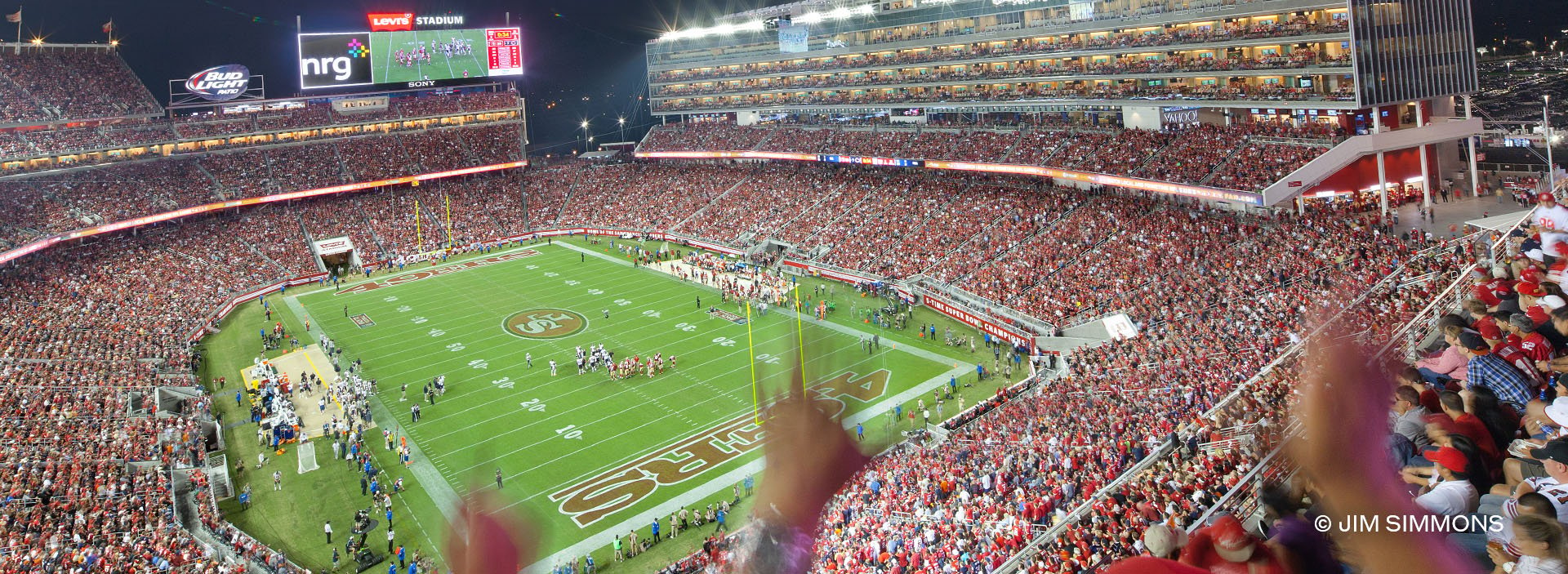
Resilience in Action: Building Stadiums for the Future
The roar of the crowd, the thrill of the game – these define our love for sports. But as extreme weather intensifies, building resilient stadiums is no longer an option, it's a necessity. We are engineering the future of sports venues, collaborating with clients to create structures that deliver unforgettable fan experiences while withstanding the unexpected.
Reading Time : 2:30 minutes
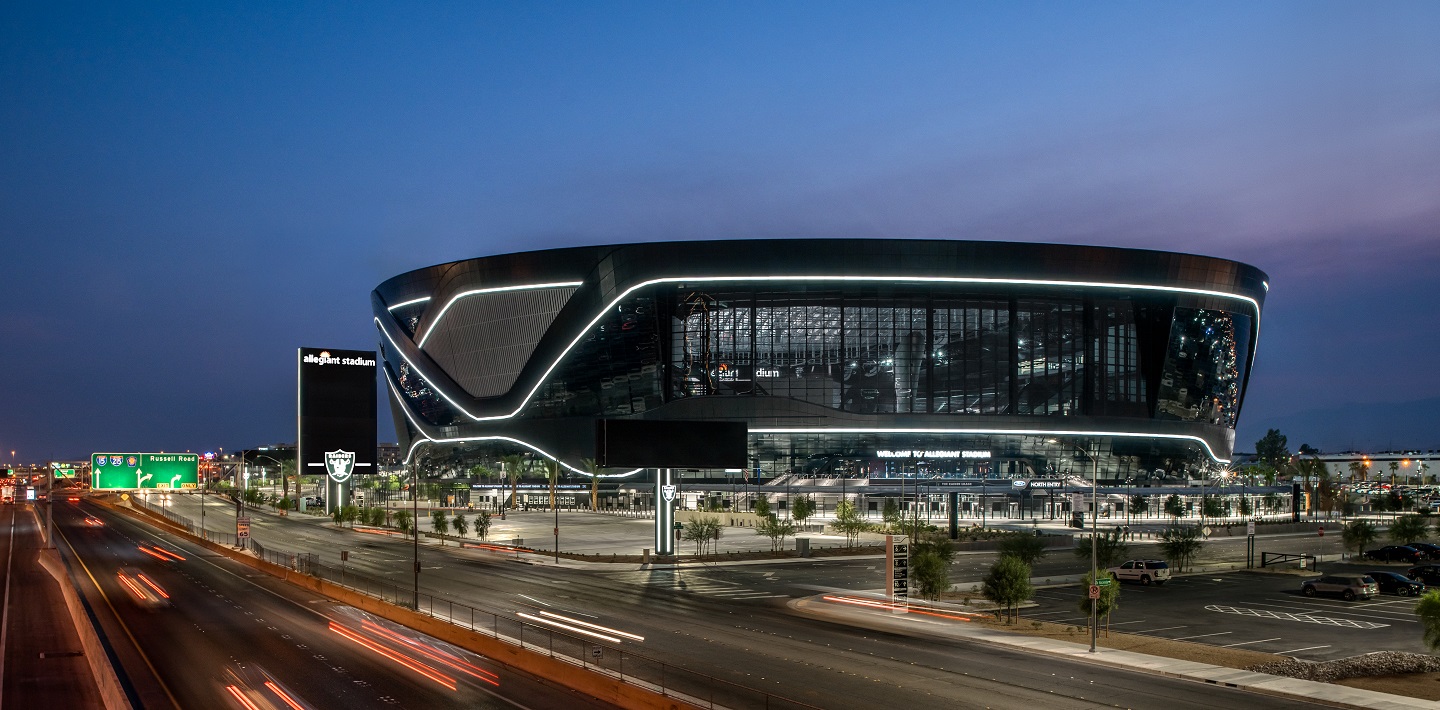
TEAMWORK - WSP has been a partner in the planning, design and construction of several stadiums and arenas across the U.S. The following are several examples. (©Jason O’Rear)
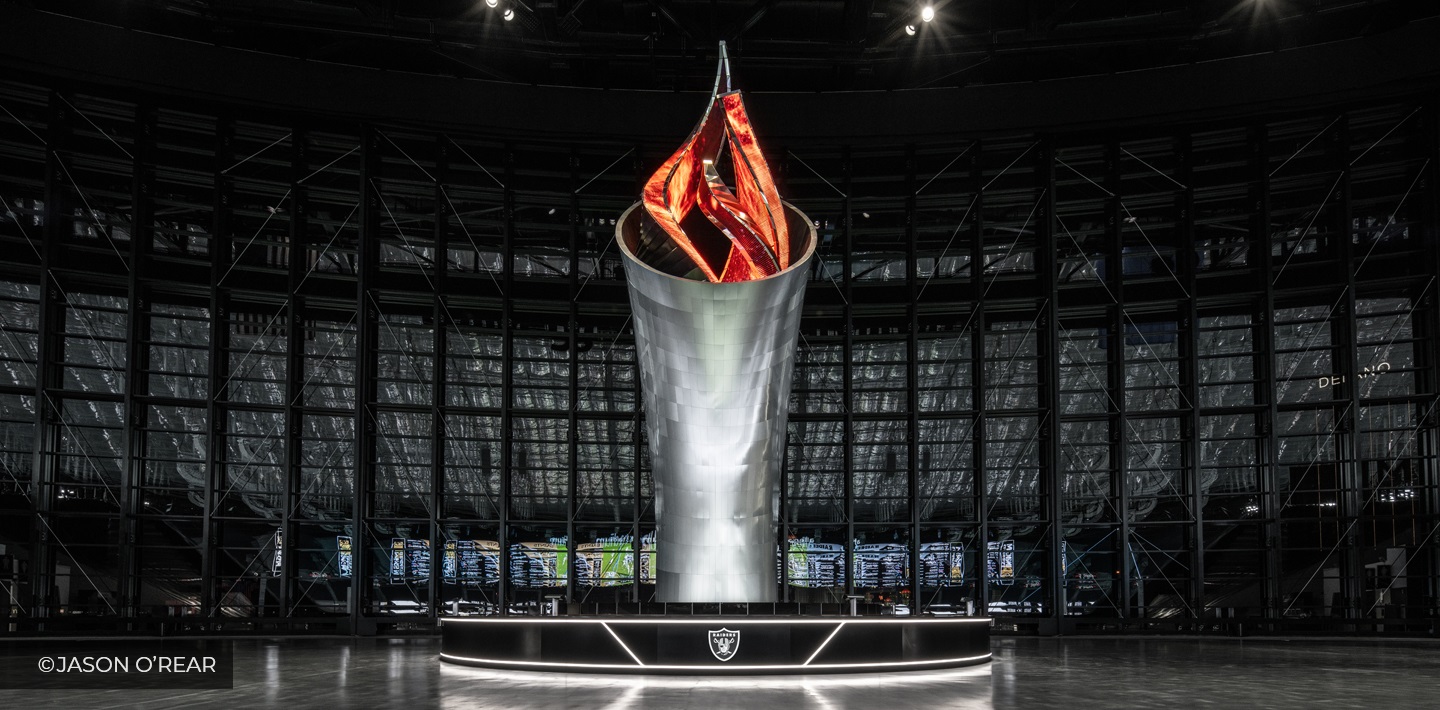
ALLEGIANT STADIUM, LAS VEGAS - The $1.9 billion, 65,000-seat venue has been the home of the NFL's Las Vegas Raiders since it opened in 2021. An illuminated 93-foot-tall 3D-printed torch sculpture acts as a beacon for approaching fans. (©Jason O’Rear)

ALLEGIANT STADIUM, LAS VEGAS - As the lead lighting designer, WSP created a bold and elegant design that utilizes lighting as a visible, graphic element in high-contrast spaces while maintaining visual comfort throughout the facility. Allegiant hosted Super Bowl LVIII in February 2024. (©Jason O'Rear)
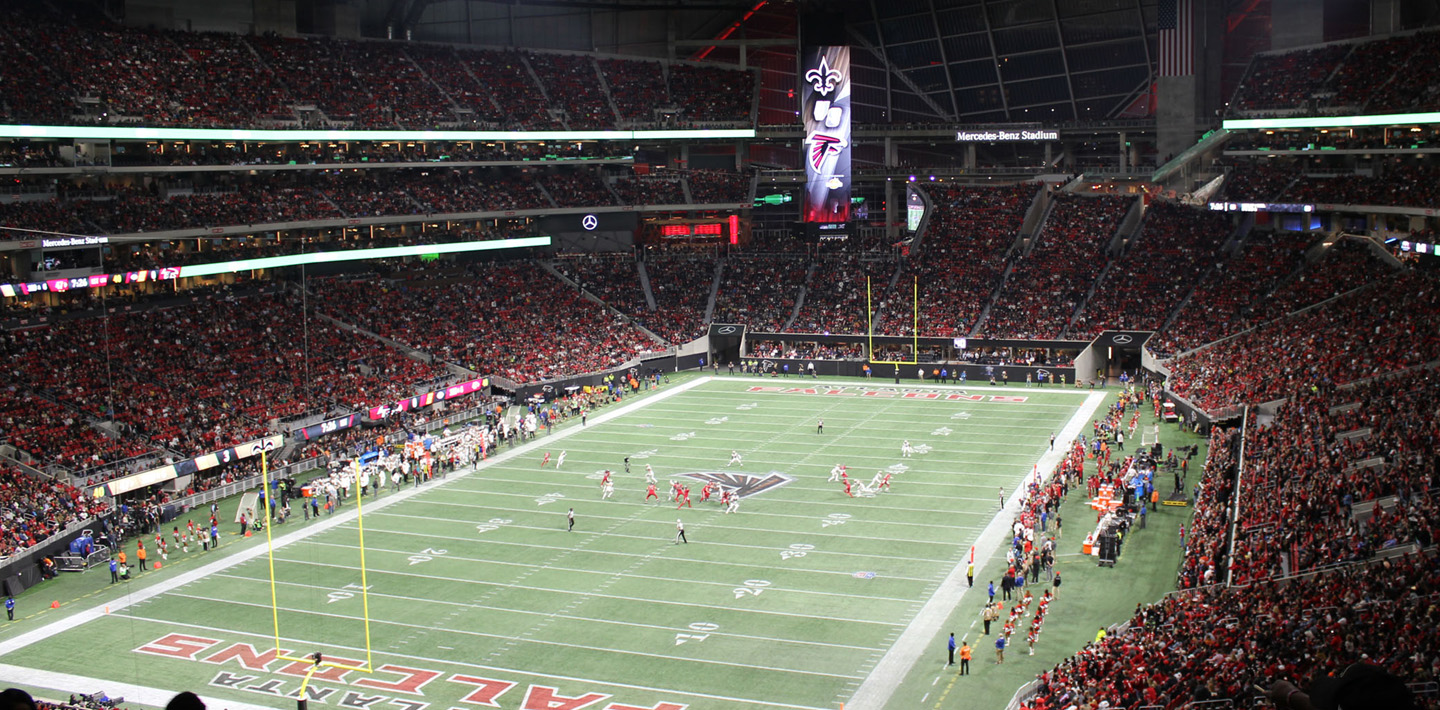
MERCEDES-BENZ STADIUM, ATLANTA - The Atlanta Falcons and MLS’s Atlanta United have called this stadium their home since 2017. Its signature feature is the “halo board,” a 58-foot-tall, 1,100-foot-long video screen that surrounds the field. (©Brian Gassel)
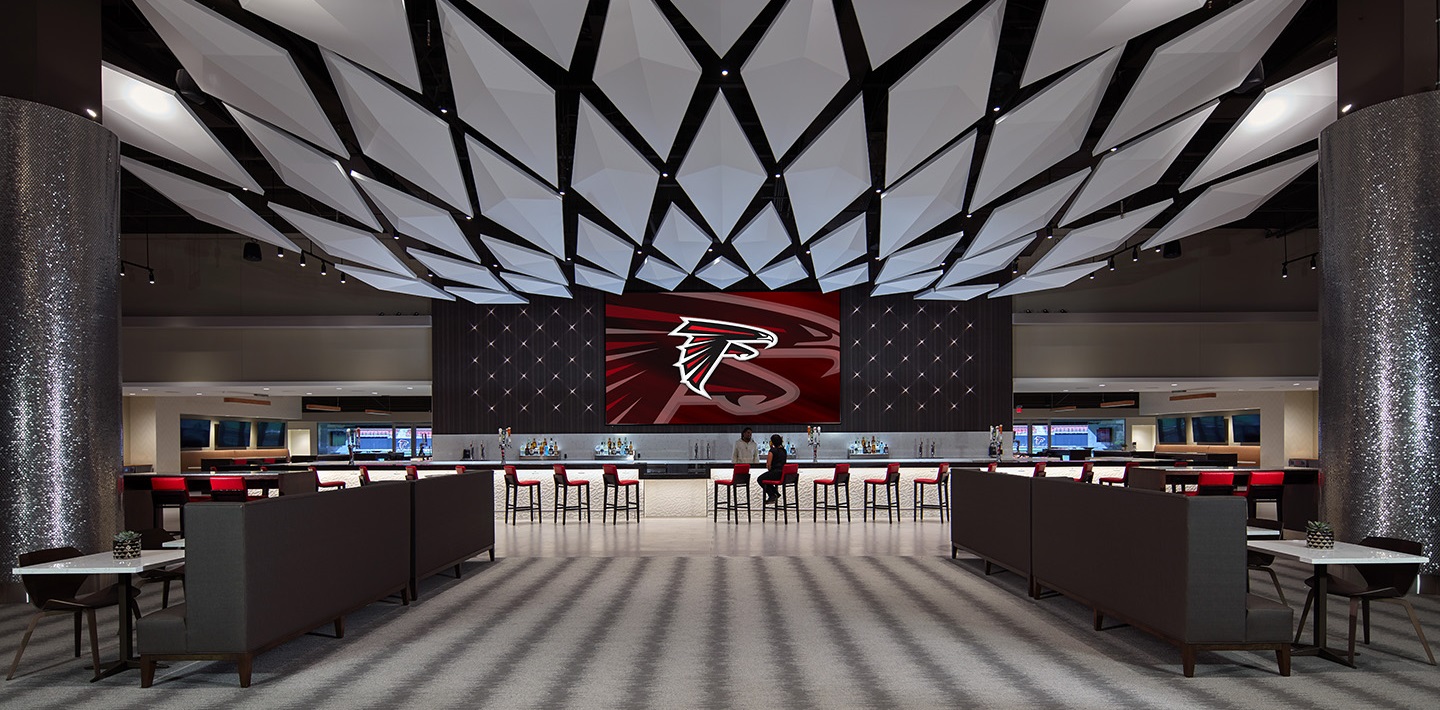
MERCEDES-BENZ STADIUM, ATLANTA - WSP was responsible for the mechanical-electrical-plumbing (MEP) engineering and lighting design for the $1.5 billion stadium. Mercedes-Benz Stadium hosted Super Bowl LIII in February 2019. (©Brian Gassel)
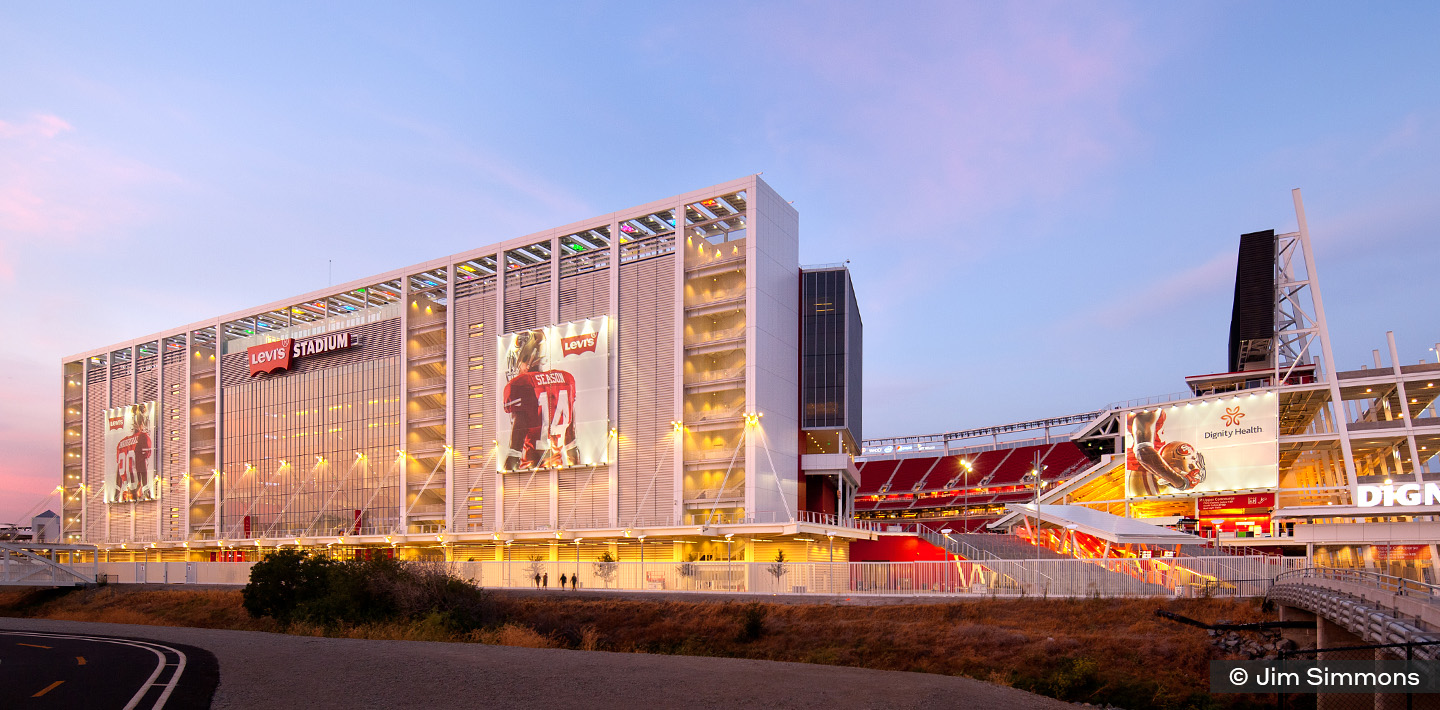
LEVI’S STADIUM, SAN FRANCISCO - The home of the San Francisco 49ers since 2014 and host of the 2016 and upcoming 2026 Super Bowls, this open-air stadium seats 77,000 spectators and features 1.9 million square feet of interior space. It was the first NFL stadium to achieve LEED® Gold certification.
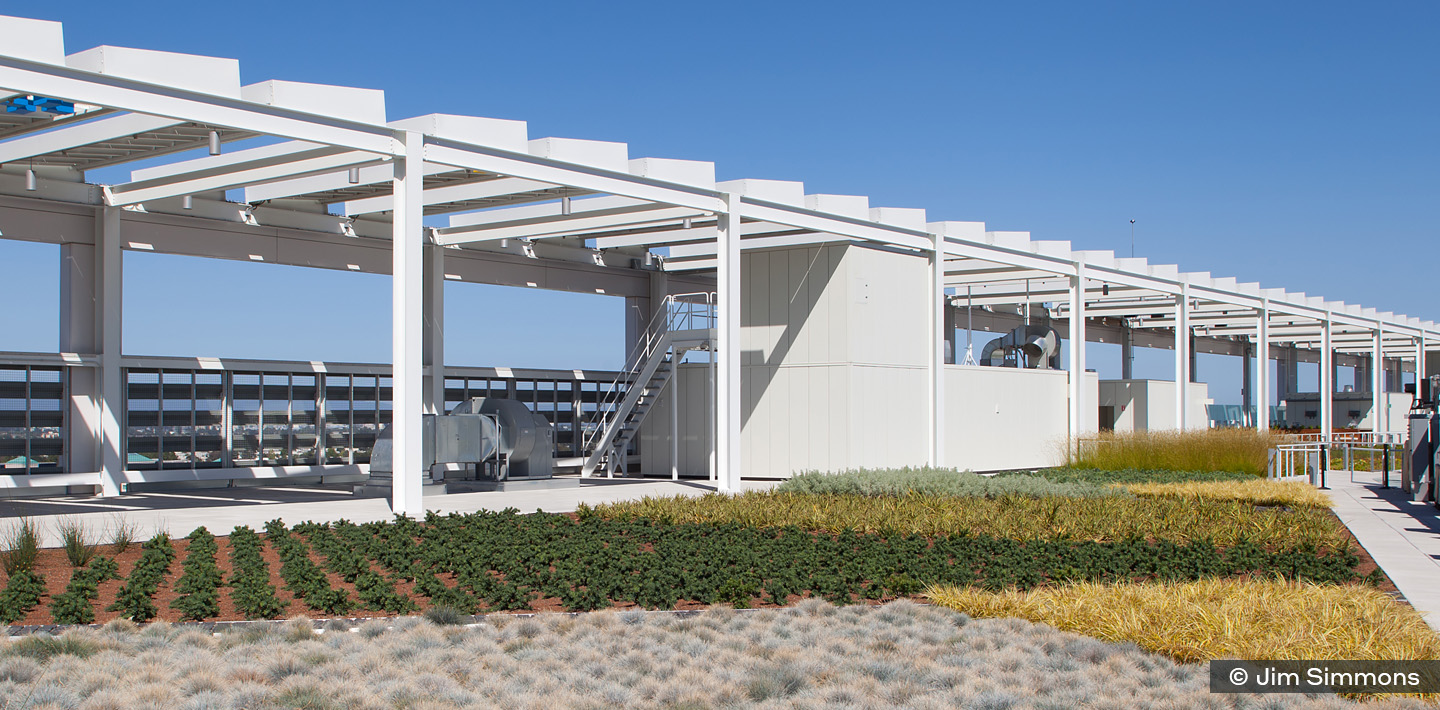
LEVI’S STADIUM, SAN FRANCISCO - WSP provided MEP and fire protection services, sports and event lighting, and sustainable design services that included use of reclaimed water for playing field irrigation, solar-paneled pedestrian bridges and a 27,000-square-foot “green roof” on the stadium’s suite tower.
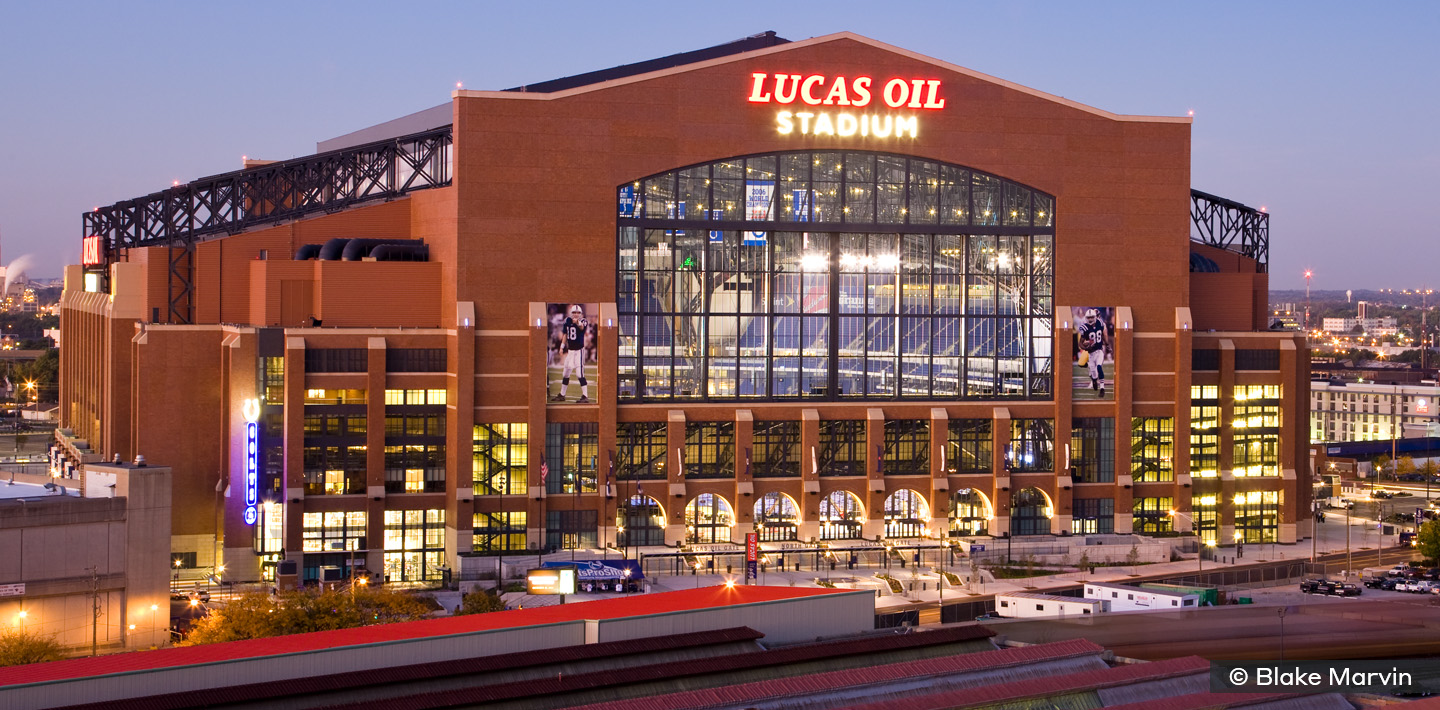
LUCAS OIL STADIUM, INDIANAPOLIS – The nine-story stadium opened in 2008 and is the home of the Indianapolis Colts with seating for up to 63,000 fans and a fully retractable roof. It hosts men's and women's basketball games for the annual National College Athletic Association “March Madness” tournament.
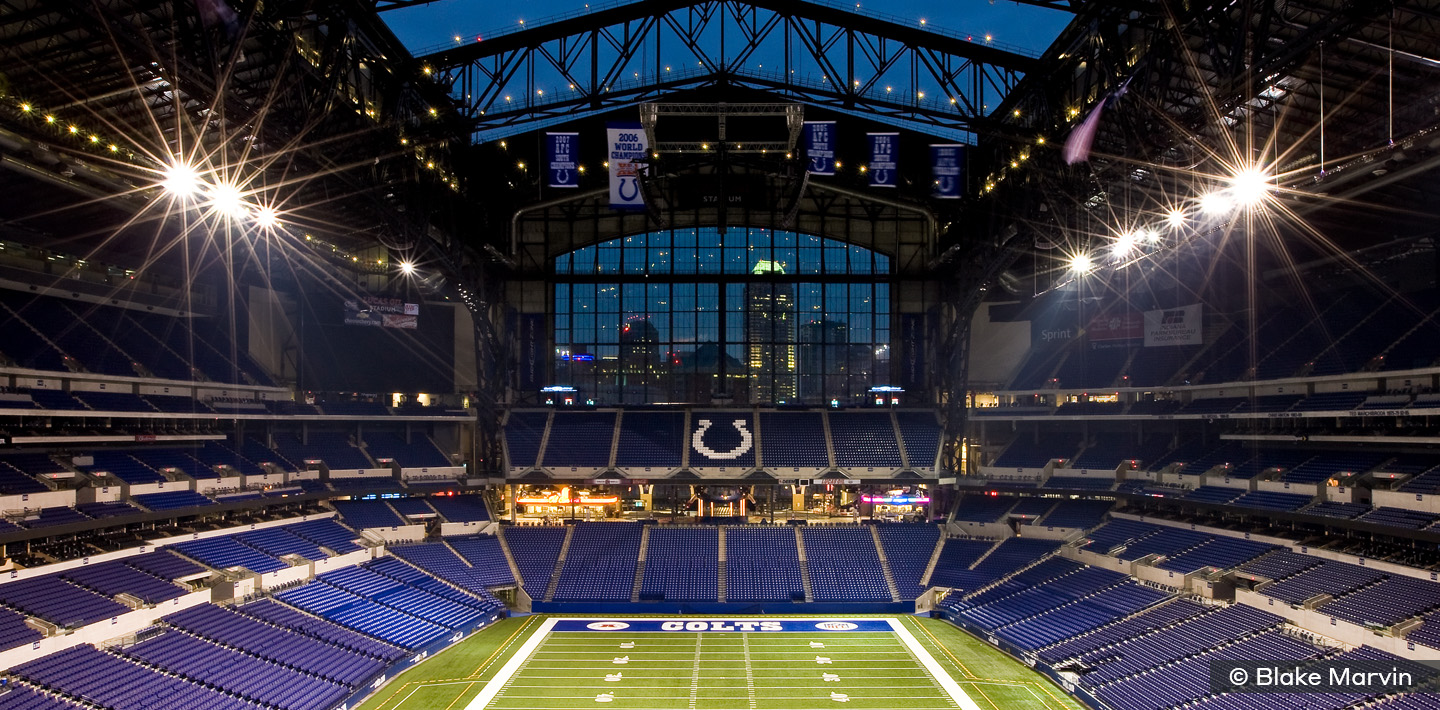
LUCAS OIL STADIUM, INDIANAPOLIS – WSP provided lighting design and MEP engineering, including computational fluid dynamic modelling of the seating bowl air distribution to optimize air diffuser selection to provide good temperature conditions and air velocities at the seats. It hosted Super Bowl XLVI in 2012.
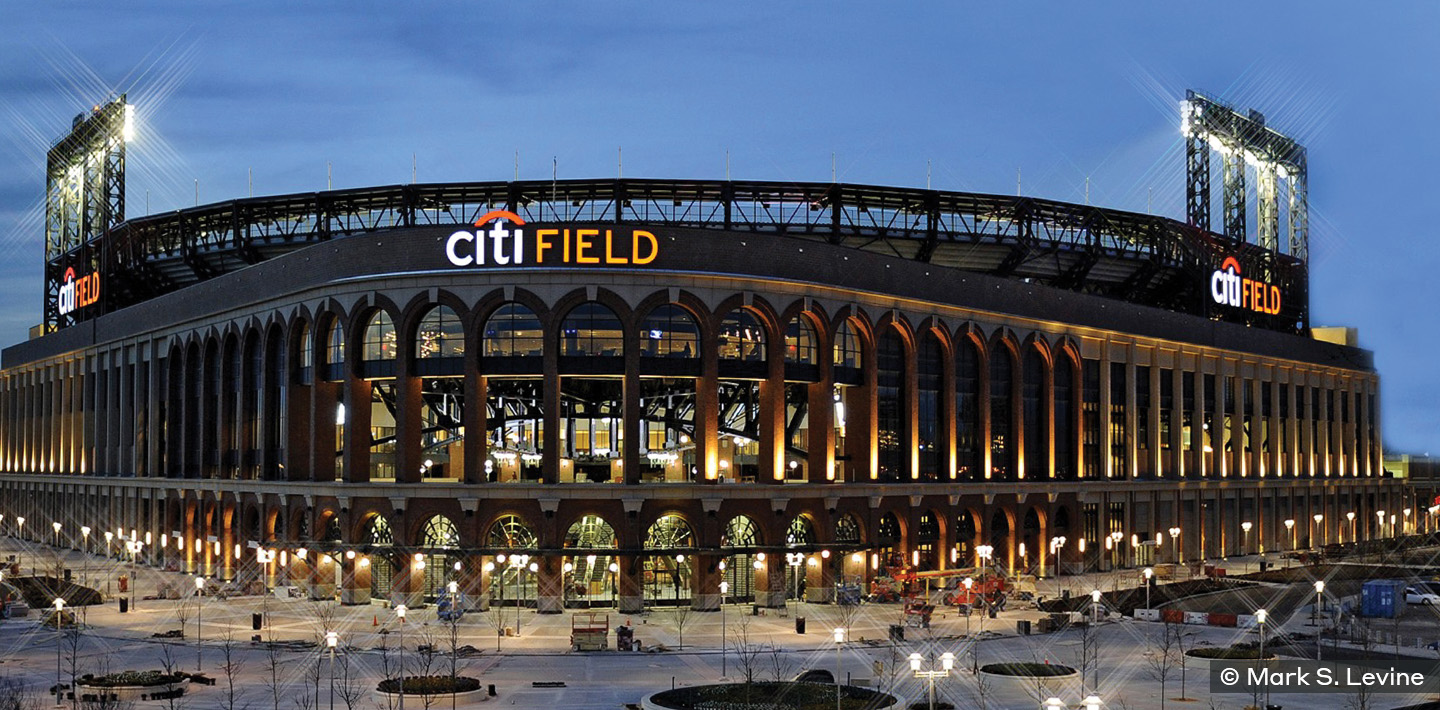
CITI FIELD, NEW YORK – The Queens home of the New York Mets, which opened in 2009, is a 45,000-capacity stadium with a “retro” design based on Brooklyn’s legendary Ebbets Field. WSP was the structural engineer. It uses cantilevers to create vertically stacked seating that offers improved sightlines and close-to-the-action feeling.
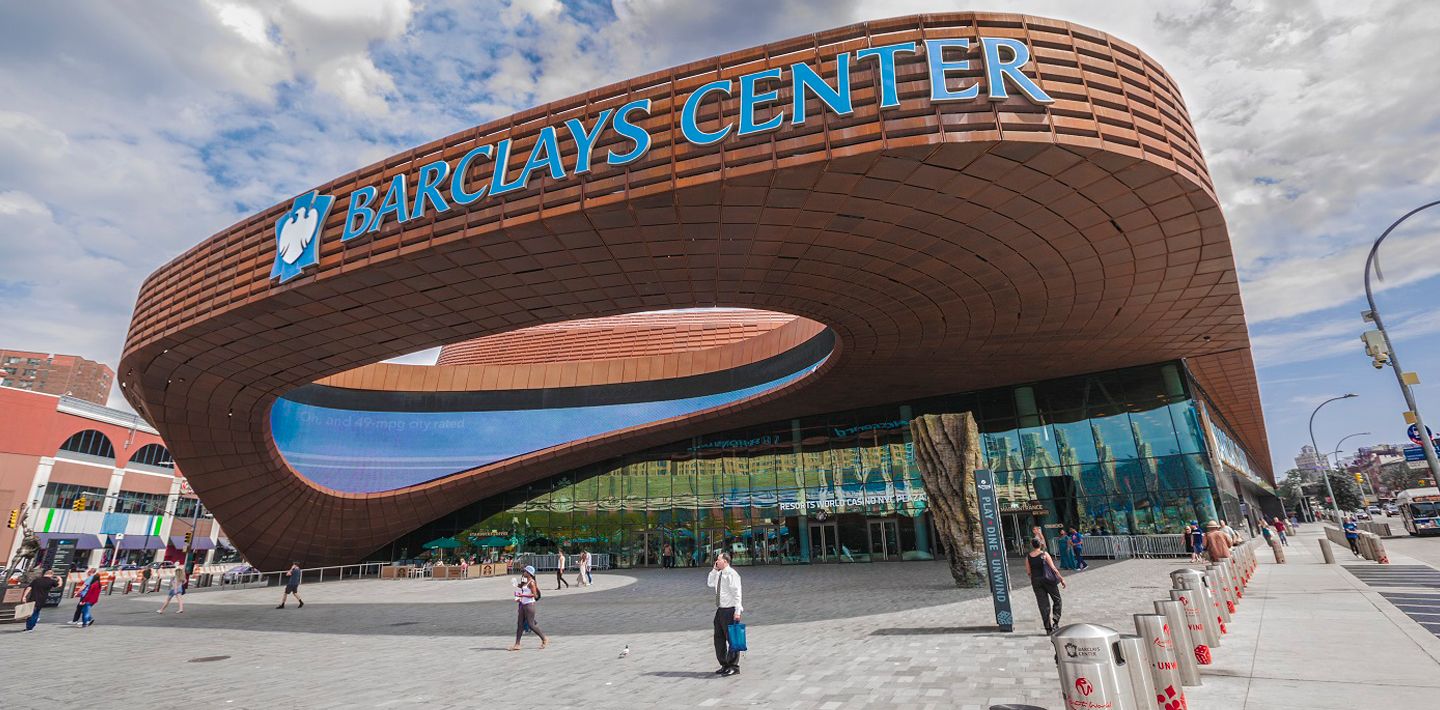
BARCLAYS CENTER, NEW YORK – Since 2012, the 18,000-seat Brooklyn arena has been the home of the NBA’s Brooklyn Nets and the NHL’s New York Islanders. WSP provided MEP engineering, as well as structural steel detailing to support a steel superstructure with two levels of concourses and suites.
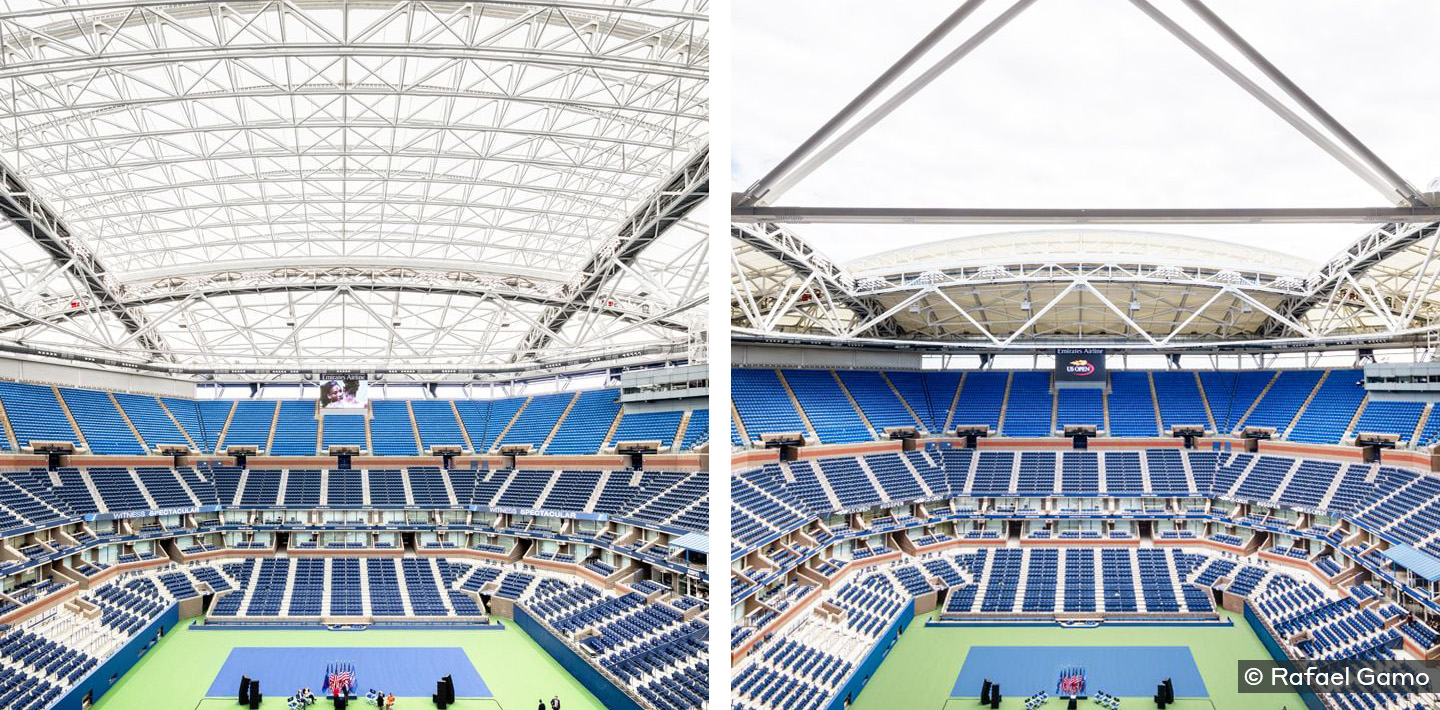
ARTHUR ASHE STADIUM, NEW YORK – WSP provided structural engineering services to install the retractable roof over the marquee Queens venue, the largest outdoor tennis-only venue in the world and annual site of the U.S. Open. The roof, which debuted at the 2016 tournament, can be closed within 10 minutes.
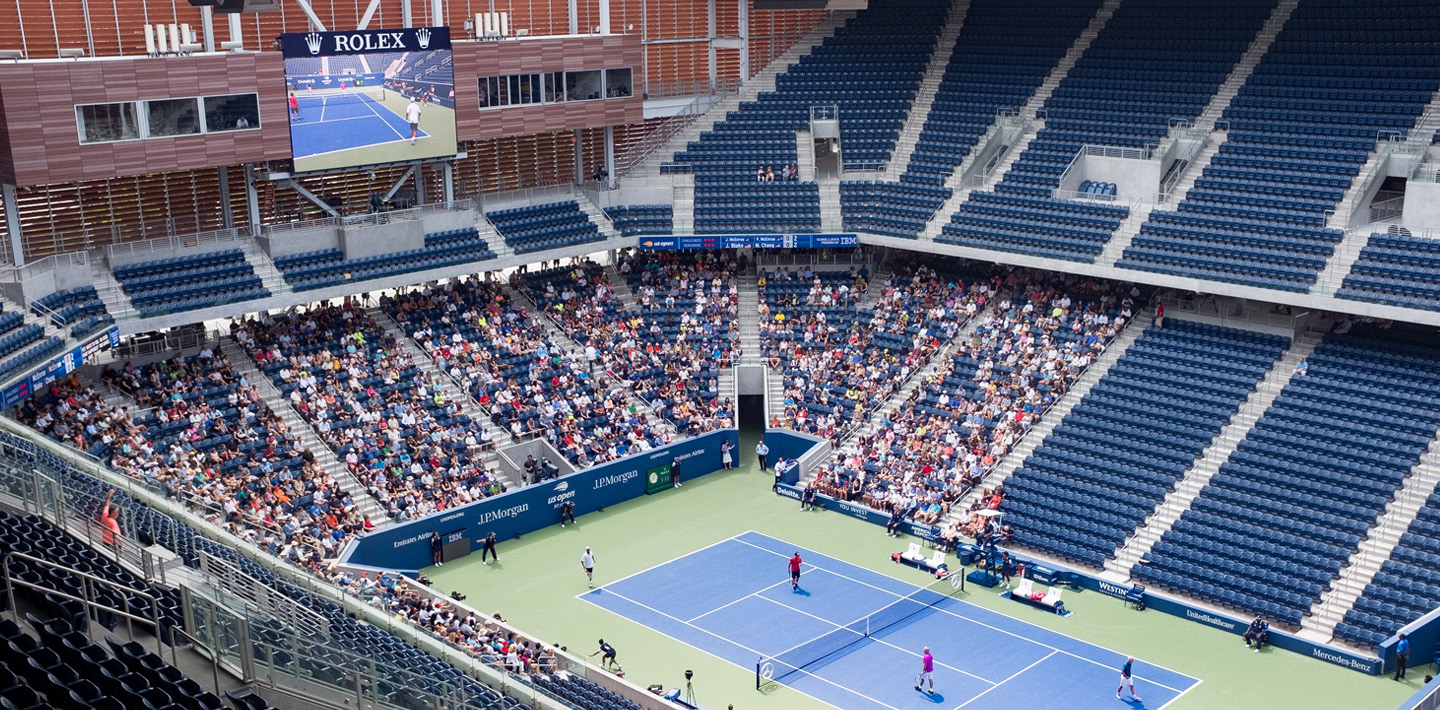
LOUIS ARMSTRONG STADIUM, NEW YORK – Located next to Arthur Ashe Stadium since 2018 is the world’s first naturally ventilated retractable roof tennis stadium. WSP provided MEP services and designed an innovative ventilation system for the 14,069-seat venue that controls temperatures naturally when the roof is closed.
Related Publications
March 2025
Navigating the Built Environment Planning Paradox
|
|
Global |

|
Feature |
|
|
Climate , Decarbonization , Energy Transition , Mobility , Places , Resilience , Resources , Society , Technology |
January 2025 | 8 Minutes
The ICMM nature position statement: meeting the commitments
January 2025 | 8 minutes
From the Ground Up: Building Nature into Transport Design
January 2025 | 3:53 minutes
Unlocking Strategies for Comparative LCA of Emerging Sustainable Products
January 2025 | 6:00 minutes
‘Dive into the Unknown’: WSP Colleagues Inspire Growth through Experience
January 2025 | 6:15 minutes
Honor the Past: WSP's Partnerships to Safeguard Black History
January 2025 | 2:41 minutes
Enhancing Resilience with Forecast-Based Insurance
January 2025 | 4 minutes
